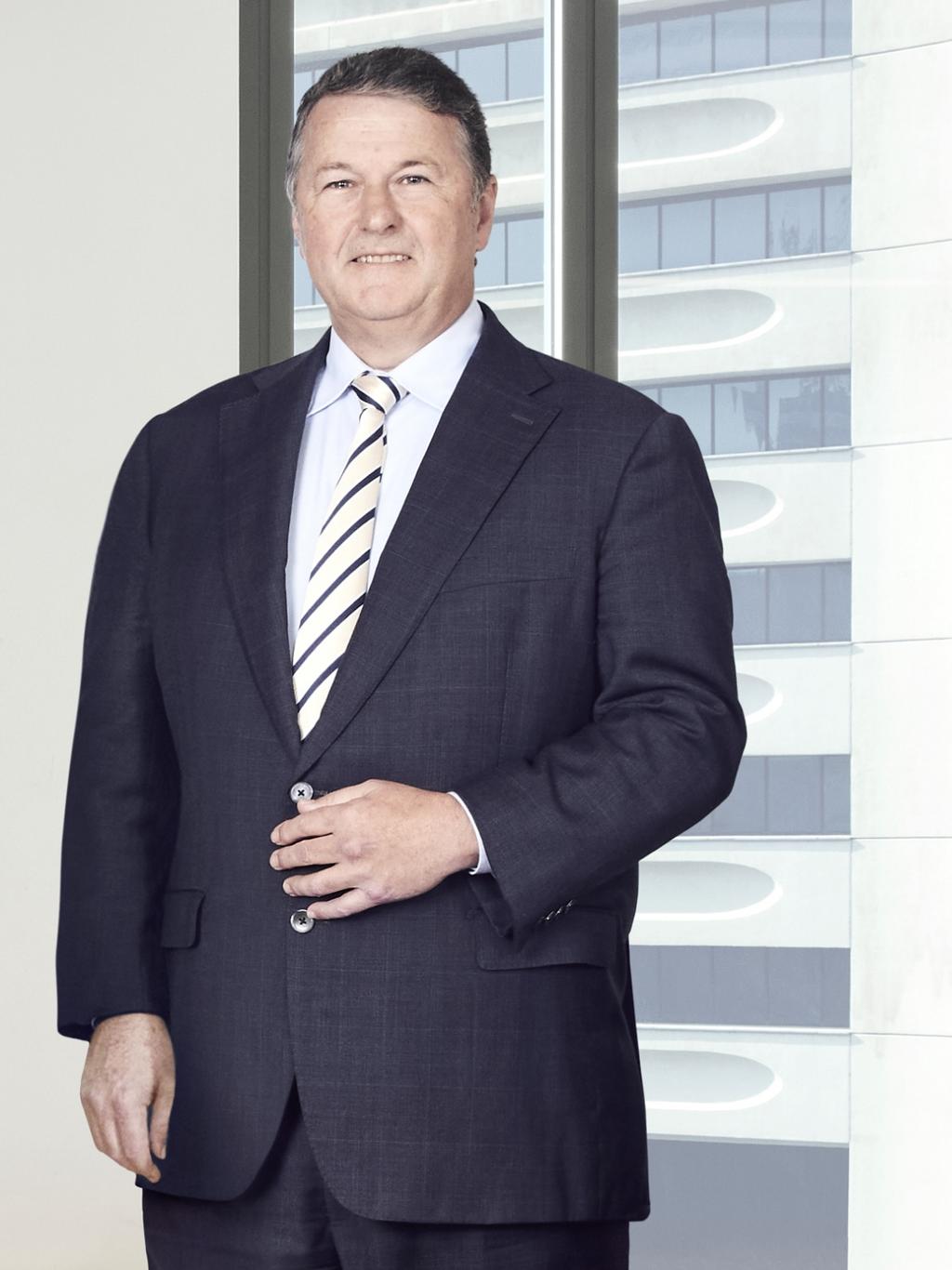Going big: Charter Hall’s chief on how this funds giant has grown when others have withered

Charter Hall’s $1.8bn Chifley South development shows how its funds model works.
Only a handful of property fund managers have survived over the past two decades as the industry faces challenges ranging from super funds taking greater control of their investments to the squeeze on fees.
But sector leader Charter Hall is celebrating two decades as a listed company, having grown its real estate funds business to about $70bn and launched a plethora of listed and unlisted vehicles.
Charter Hall chief executive David Harrison points to the dramatic changes that have swept through the area since the global financial crisis. That event and its aftermath resulted in major banks exiting as capital became scarce. Even Macquarie Bank – which sold its listed platform to Charter Hall – left, though it has returned backing other platforms.
It did so amicably – unlike a series of foreign banks that beat hasty retreats and local failures such as Allco, Rubicon and Babcock & Brown. Centro, once a big player, also came close to collapse and exited retail funds, though its successor company still jointly owns assets.
More recently the famed AMP Capital property empire was split between Dexus and Mirvac locally.

Charter Hall chief executive David Harrison.
Enduring success has been much harder to come by and Charter Hall believes it has the right formula. Mr Harrison said several players had exited over the past two decades, but getting it right was rare, with Charter Hall growing locally and rival Goodman rolling its funds model globally. Both were pioneers in building up local industrial funds. Charter Hall is now the largest local owner, with further growth to come as tenants chase deeper ties with top landlords.
“I think industrial has become the most sought after core sector,” he said. Its rise has been matched by the dramatic decline in large pooled retail funds, which have dropped to about one third of their previous $30bn in assets.
The key, Mr Harrison said, had been alignment of interests with investors.
“Business models where a majority of the balance sheet is co-invested with investors has been a major dynamic change,” he said. “And the development profits staying with the fund investors, rather than the manager being a big balance sheet developer and stuffing assets into a fund.”
Before the GFC, there were virtually no major partnerships. But Charter Hall, and others, set them up, and they now account for about half of the company’s $50bn of wholesale funds.
The chief executive also points to his own longevity – a rarity in corporate Australia. He has been at the company for 21 years – a tenure matched only by billionaire Greg Goodman at his industrial group – while other companies have seen heavy turnover.
“I’m not sure the theory of listed companies rotating their CEOs every five or six years is actually very smart,” Mr Harrison said. “Particularly for our business; when wholesale capital and super funds give us money in unlisted funds, it’s for a 10 to 20-year investment period. They want long-term stability of the management teams in their fund managers.”
Many rival real estate investment trusts are trading below their net tangible assets, with the market effectively not valuing their development or funds management businesses. Mr Harrison said many of the larger groups were trying to reinvent themselves but it would not be easy.
“They’ve got to be able to create free cashflow earnings above the rents you collect on your balance sheet. otherwise you’re just going to wallow,” he said.
For the fast-moving funds house, there is little chance of that.







